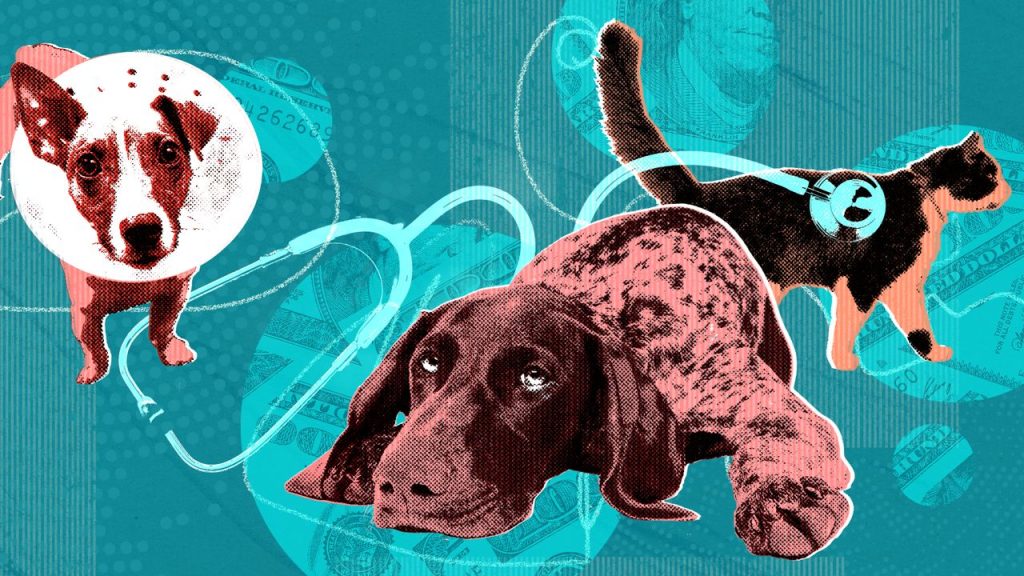While the consequences of inflation may be obvious at the grocery store or gas pump, there’s another aspect of rising costs that people may not realize: man’s best friend. Pets are increasingly becoming harder for people to afford, according to recent reports. As a result, animal shelters across the U.S. are filling up. But experts say pet insurance may offer a lifeline for Americans who want a furry friend but are struggling with the cost.
Why are pets becoming harder to afford?
There are a variety of factors, but it mostly comes down to the everyday cost of products for the animal as well as veterinary care. If you “go into having a pet and don’t give serious thought about the cost, you’re doing yourself and your pet a disservice,” Matt Schulz, the chief consumer finance analyst at LendingTree, told USA Today. Several reports “point to a sobering conclusion: Maybe pets are only for the rich.”
One analysis shows that, to a degree some people might not grasp, pets are getting more expensive; the “average lifetime care for pets is approximately $35,000 for a 10-year-old dog and $32,000 for a 16-year-old cat,” said a report from pet care company Rover. The price for services like veterinary care and grooming in 2025 “are 42% higher versus 2019, compared to a rise of 22% for pet food and treats,” said a Bank of America Institute report.
Many Americans are also feeling the pain in their wallet. Over a fifth of pet owners, 22%, have at least $2,000 in pet-related debt, according to a survey from MetLife Pet Insurance. Some have gone to drastic lengths, too, as 58% of pet owners admitted to “skipping meals out to afford their pet’s needs.” All of this means that more animals are being left in shelters; an “estimated 5.8 million animals filled up facilities last year,” and while there “was a 1% decrease in shelter intakes from 2023 to 2024, the levels remain high,” said NBC News.
Can pet insurance help?
To a certain extent, yes. Pet insurance “promises to assist with rising vet bills, by covering at least part of your pet’s medical expenses for a monthly premium,” said Money. But there are caveats, as the “accumulated cost of those premiums, along with other policy costs and restrictions, make it far from certain that pet parents will save overall by insuring their animals.”
There are also certain expenses that most pet insurance companies will not cover. Most of the “initial medical costs of getting a pet are out of scope for a regular pet insurance policy,” said Money. This includes procedures like “neutering and spaying and vaccinations.” Preexisting conditions also play a large factor, as any health concerns that “appeared in your pet before you purchased your policy or during your policy’s waiting period are generally excluded.”
Despite this, most financial experts still recommend pet insurance as a worthwhile investment. Pet insurance “could save the life of an animal that would otherwise be euthanized if its owner couldn’t afford treatment,” said NerdWallet. Insurance “can be a godsend if your pet is facing an expensive diagnosis,” even if “your plan likely won’t reimburse every dollar you spend at the vet.”
Shelters are filling up as a result
